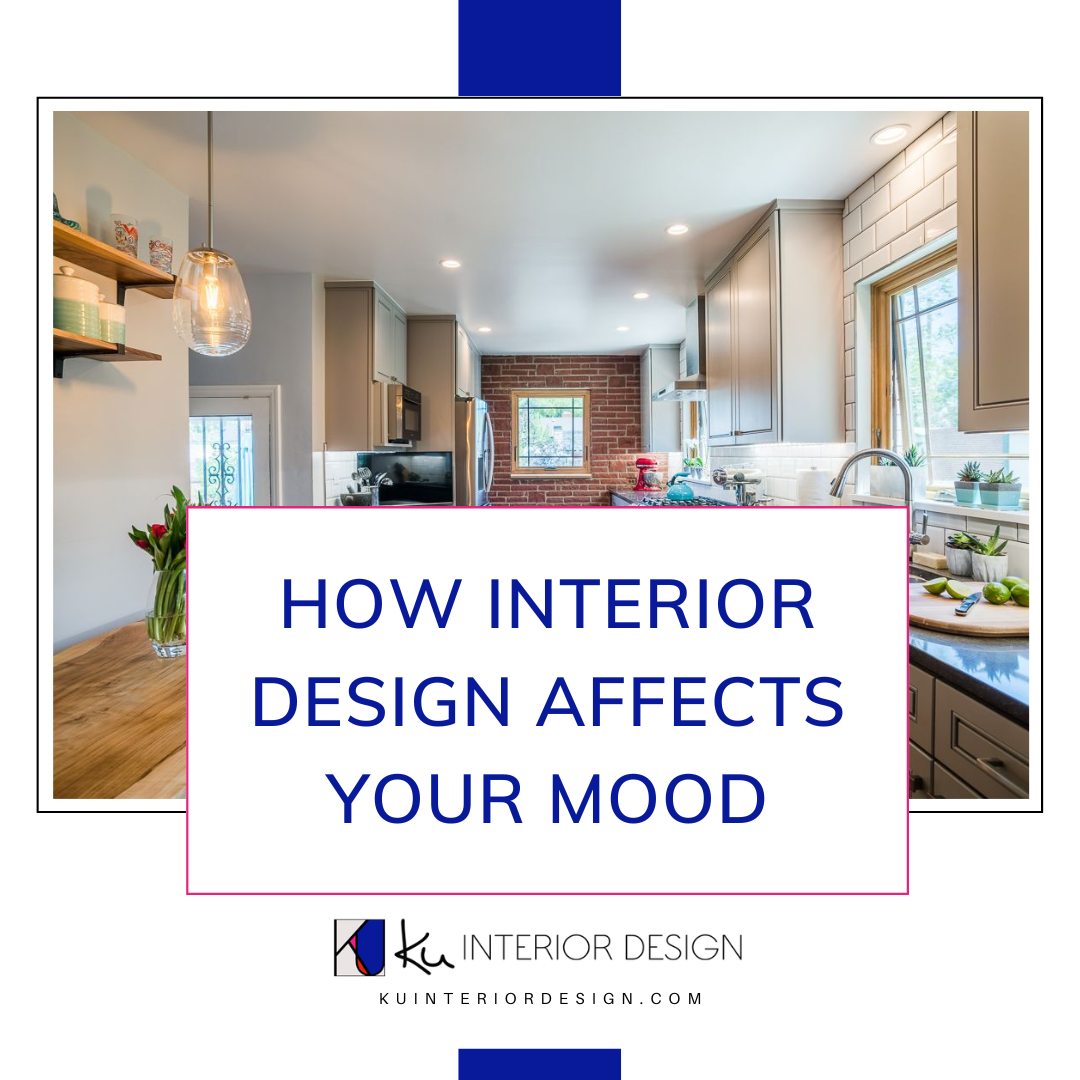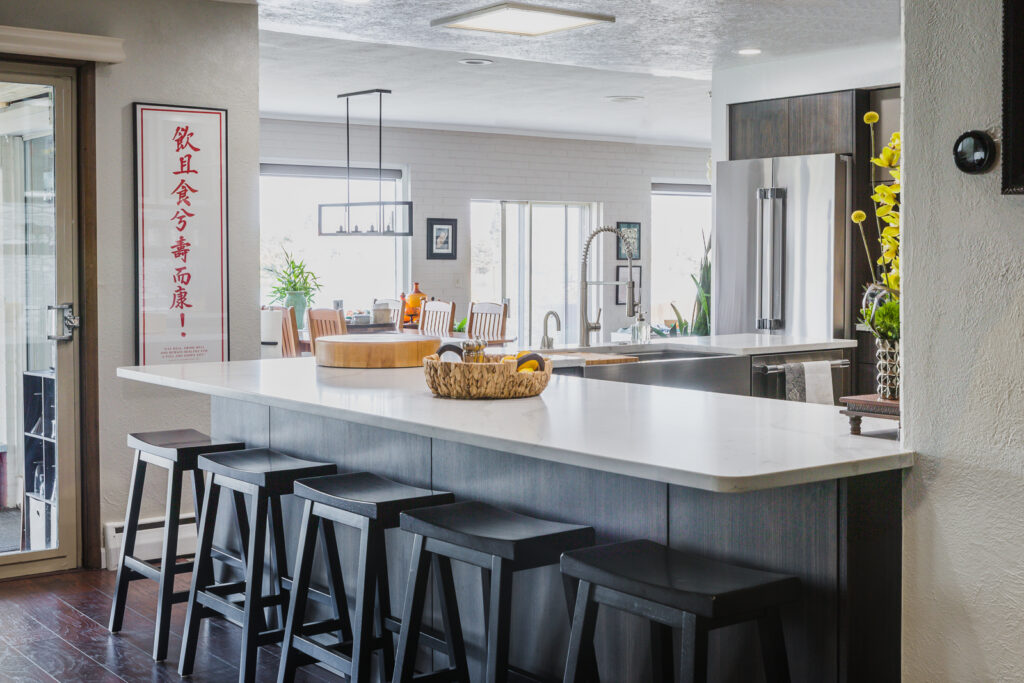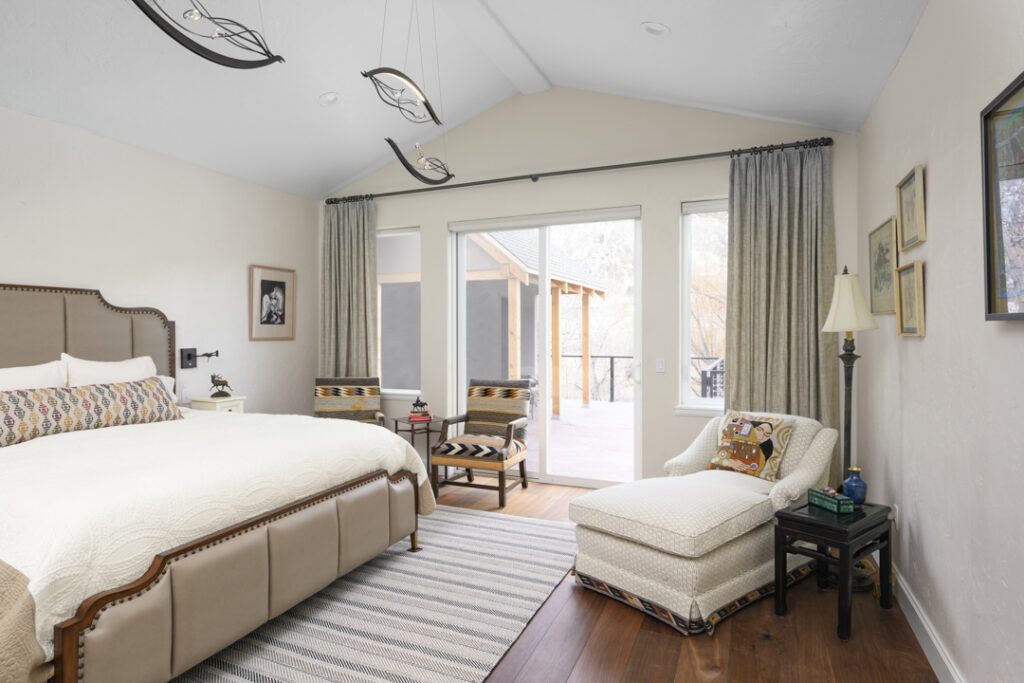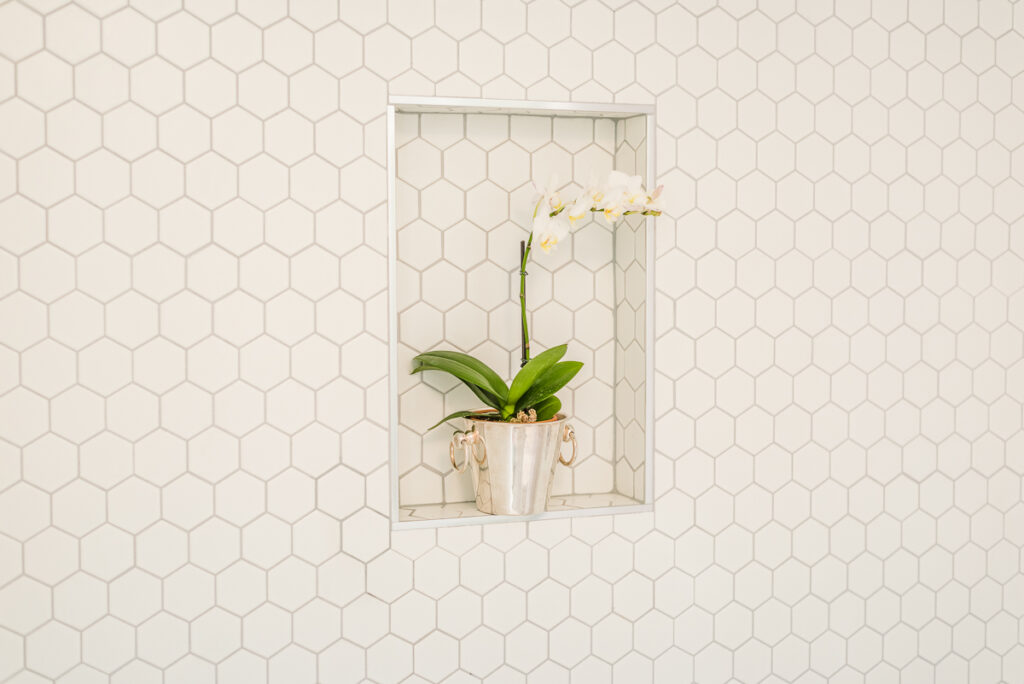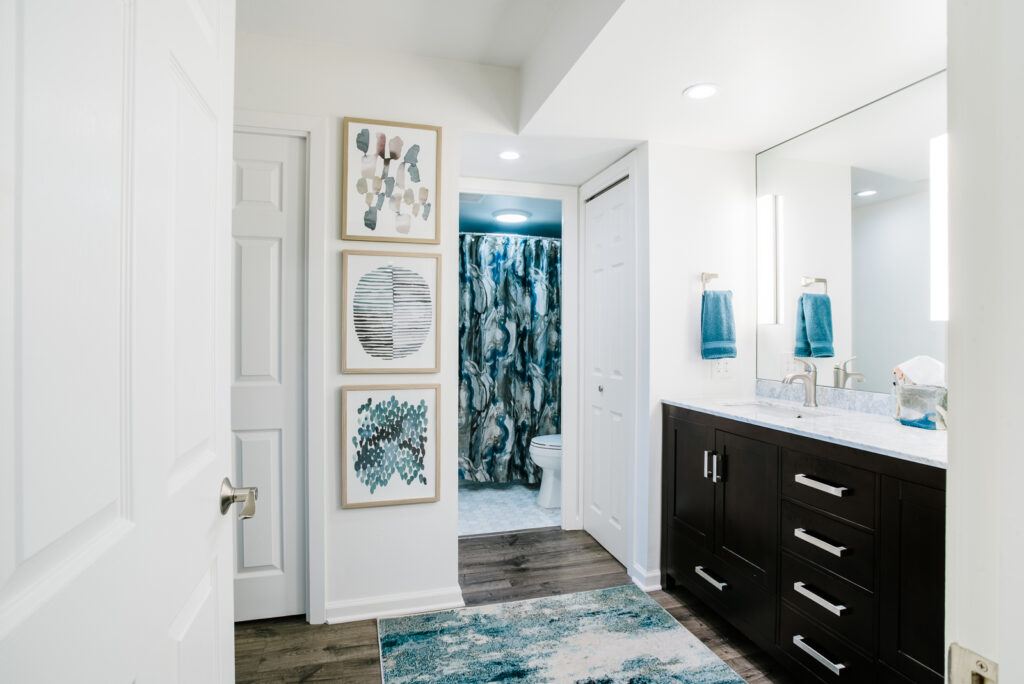Your home should make you go “Ahh!” not “Ugh!”
How does your home make you feel? Are you relieved to come home and unwind on the sofa? Or does walking through the front door remind you of your “to-do” list?
As we spend much of our time inside our homes, it is important to notice how they affect our attitudes. Psychologically, interior design addresses and influences our senses based on features such as lighting, configuration, materials, colors, textures, layouts, and living elements. These factors can change how anyone inside a room feels.
To ensure you set the right tone for the mood inside your home, we’ve outlined important, yet simple, interior design tools to pay attention to.
Functionality
In high-stress moments, the smallest inconvenience can set you off, like having to walk out of your way to turn on a light. Having poorly-located light switches can make your space less functional, creating unnecessary hassle.
If babies, dogs, or handicapped people live inside your home, make sure it is a safe and accessible area for them. Babies need to be kept away from staircases and sharp corners. Dogs like to roam and be outdoors. Those who are handicapped may need wide walkways and ramps.
After all, a home is meant to be lived in, so consider every aspect that may make or break your mood throughout your space
Sunlight
Ever wondered why some rooms make you feel lively and alert, while others tend to relax you? This is often due to the amount of natural light a room allows for.
Lots of windows and sunlight can increase serotonin levels and promote positive moods and happiness. Elongated time spent in natural light can help relieve feelings of depression and anxiety. Consider this element in the interior design of your most-lived spaces, like the kitchen or living room.
In contrast, a dimly-lit room often inspires relaxation and romanticism. It creates a calming ambiance that one may want in specific spaces, like a bedroom, bathroom, or library.
Spaciousness
More expansive spaces create a sense of openness, allowing for creativity and room to roam. However, the perception of spaciousness doesn’t always require a lot of physical space. There are several ways to give the illusion of a wide room, even when the area is small, through interior design.
For one, focus on cleanliness. People are drawn to the life-changing effects of a clean home. In letting go of objects that don’t bring you joy, you only allow things that better both the space and your mood. For more tricks on this effect, refer to our past blog, “How To Use Interior Design to Maximize a Space.”
Nature
People have an innate connection to nature. Research has proven that time spent outdoors can reduce stress and evoke a calming effect. Who wouldn’t want these same benefits inside their home?
Incorporating plants into interior design is a foolproof way to elevate your space and the benefits exceed just aesthetics. Plants actually serve as natural air filters, reducing allergens, and enhancing air quality. They also increase oxygen levels and reduce humidity. Flowers are likewise proven to help with depression and increase positive sentiments.
Art
Art evokes emotions, causing people to pay more attention to a space – personal tastes and experiences affect how people react to art. Showcasing the beauty and personal expression is proven to make for spaces that are welcoming and restorative.
Viewing art stimulates your brain to think more creatively and slows down cognitive decline. When one interprets art, it can inspire conversation, often creating or strengthening bonds. It allows people within your home to feel seen and heard, as they reflect in your space.
Have you considered what a better mood would do for your life? It could amplify your relationships, improve your health, and maximize your future. Knowing that these five simple steps can enhance your overall well-being, consider them in your interior design!

